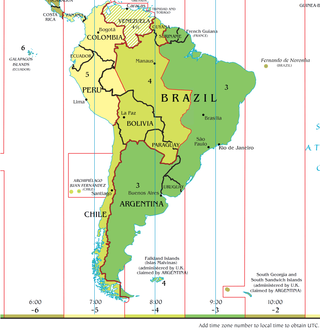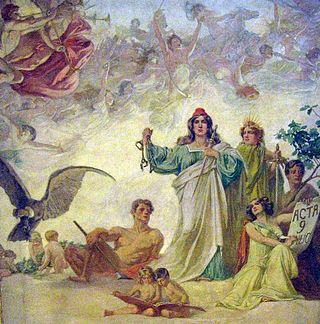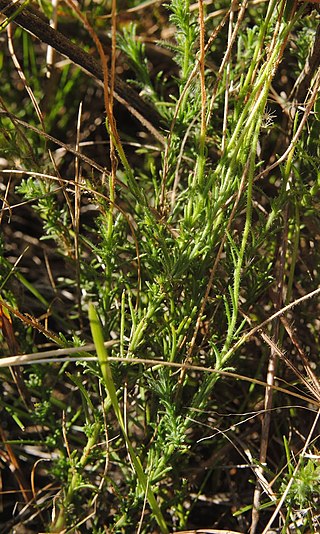
Salta is a province of Argentina, located in the northwest of the country. Neighboring provinces are from the east clockwise Formosa, Chaco, Santiago del Estero, Tucumán and Catamarca. It also surrounds Jujuy. To the north it borders Bolivia and Paraguay and to the west lies Chile.

The Argentine Northwest is a geographic and historical region of Argentina composed of the provinces of Catamarca, Jujuy, La Rioja, Salta, Santiago del Estero and Tucumán.

Argentina is located at a longitude that would naturally put it in the UTC−04:00 or UTC−05:00 time zone; however, it actually uses the UTC−03:00 time zone. Argentina determines whether to observe daylight saving time on a year-by-year basis, and individual provinces may opt out of the federal decision. At present, Argentina does not observe daylight saving time.

What today is commonly referred as the Independence of Argentina was declared on July 9, 1816, by the Congress of Tucumán. In reality, the congressmen who were assembled in Tucumán declared the independence of the United Provinces of South America, which is one of the official names of the Argentine Republic. The Federal League Provinces, at war with the United Provinces, were not allowed into the Congress. At the same time, several provinces from the Upper Peru that would later become part of present-day Bolivia, were represented at the Congress.

José Eusebio Colombres was an Argentine statesman and bishop. He was a representative to the Congress of Tucumán of 9 July 1816 which declared the Independence of Argentina, and is credited with the foundation of the important sugar cane industry in Tucumán Province.
The Congress of Tucumán was the representative assembly, initially meeting in San Miguel de Tucumán, that declared the independence of the United Provinces of South America on July 9, 1816, from the Spanish Empire.

The Central Northern Railway was the first 1,000 mm railway built by the Argentine State Railway. Its aim was to extend the existing British-owned Central Argentine 5 ft 6 in broad gauge) railway from Córdoba to Tucuman and metre gauge was chosen for economic reasons.

Hysterionica is a genus of flowering plants in the family Asteraceae.

Urolepis is a genus of South American plants in the tribe Eupatorieae within the family Asteraceae.

Flourensia is a genus of flowering plants in the family Asteraceae. It contains subshrubs and shrubs, which are commonly known as tarworts. They are found in the southwestern United States, Mexico, Central America, and South America. The genus name honours French physiologist Jean Pierre Flourens (1794–1867).

Hyaloseris is a genus of South American flowering plants in the family Asteraceae.
Aphyllocladus is a genus of flowering plants in the family Asteraceae.

Gregorio Paz was an Argentine soldier who fought in the war of Independence, the war against the Peru–Bolivian Confederation and in the Argentine civil wars.

Echinopsis terscheckii, commonly known as the cardon grande cactus or Argentine saguaro, is a large cactus native to South America and popular in cultivation.

Paul (Pablo) Günther Lorentz was a German-Argentine botanist.
Hieronymiella is a genus of South American plants in the Amaryllis family, known from only Bolivia and Argentina.

Philibertia is a genus of flowering plants in the family Apocynaceae, first described as a genus in 1819. It is native to South America.
Tagetes laxa is a South American species of marigolds in the family Asteraceae. It is native to Bolivia and northern Argentina.
The Calchaquí Wars were a series of military conflicts between the Diaguita Confederation and the Spanish Empire in the 1560–1667 period. The wars raged in the Argentine Northwest, in what are now the provinces of Jujuy, Salta, Tucumán, Catamarca and La Rioja.
Ocotea porphyria is a species of evergreen tree in the laurel family (Lauraceae). It is native to southern Bolivia and northwestern Argentina, where it lives in humid montane forests, or Yungas, on the eastern side of the Andes. Common names include laurel del cerro, laurel la falda, laurel tucumano, and ayuínandí.














